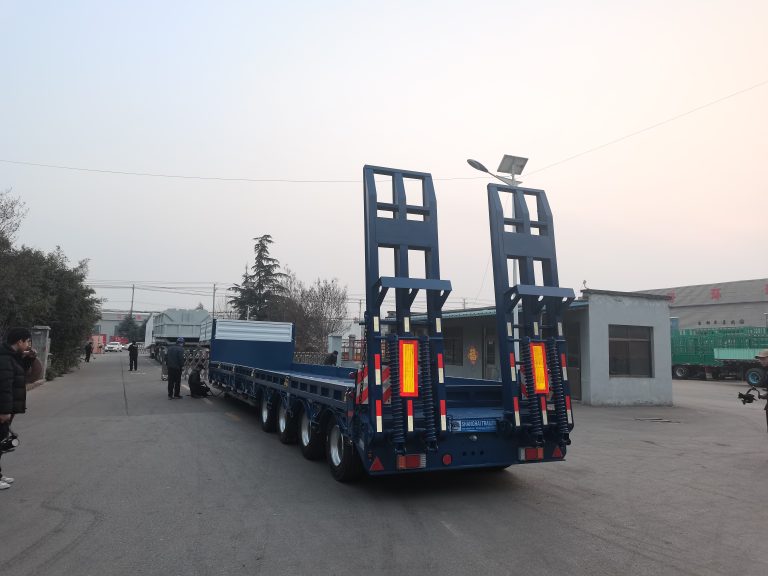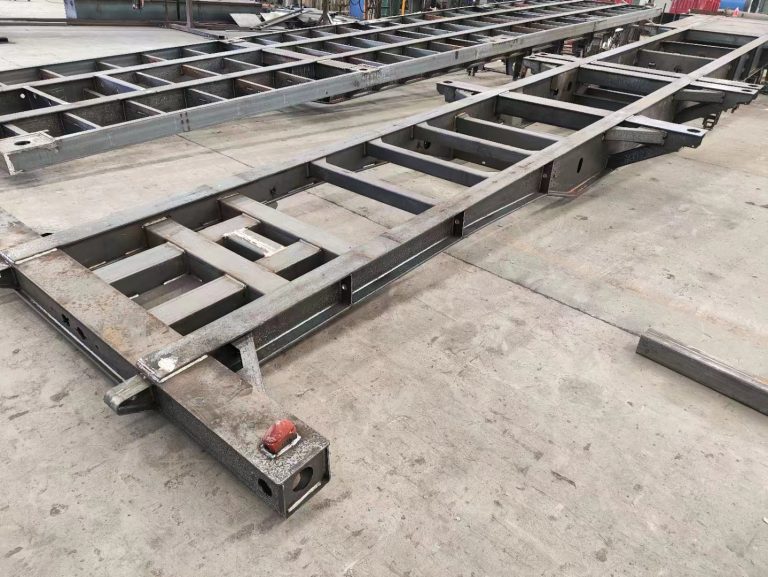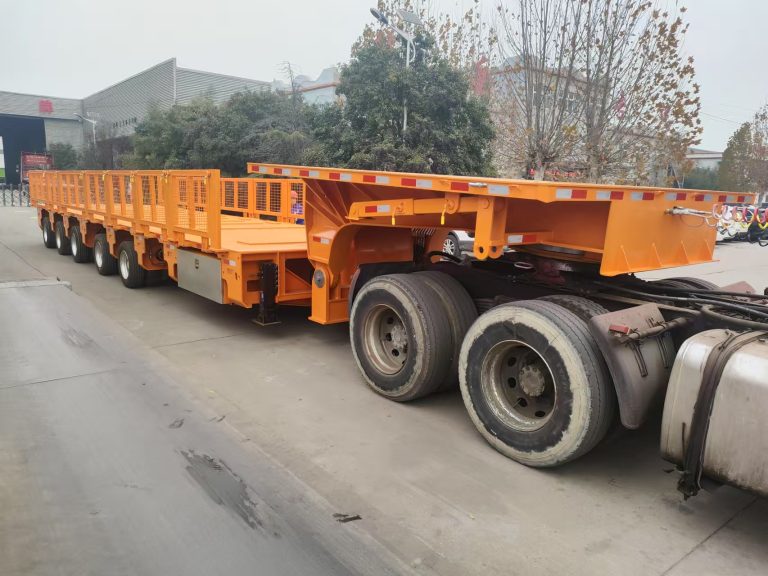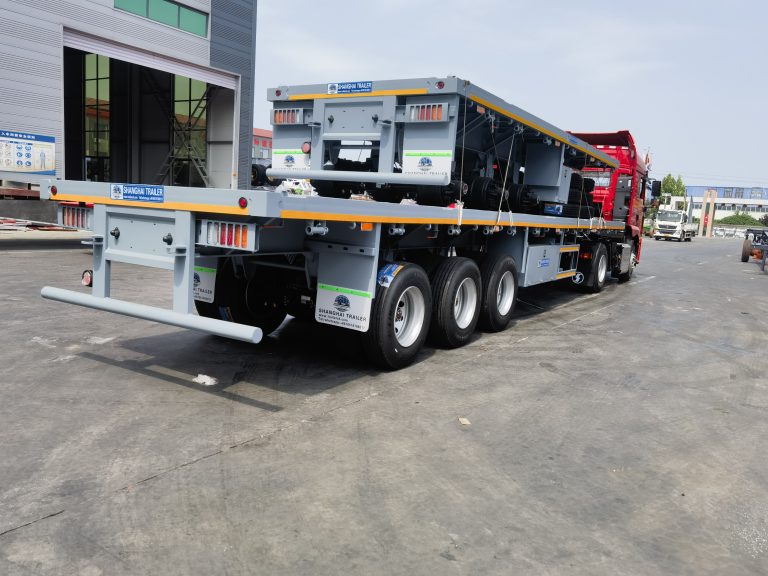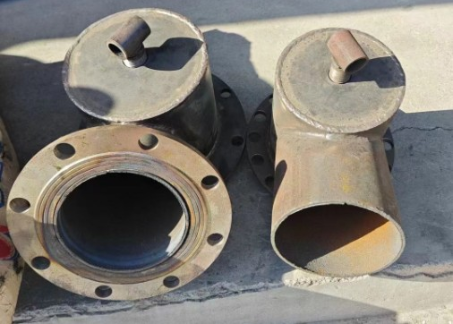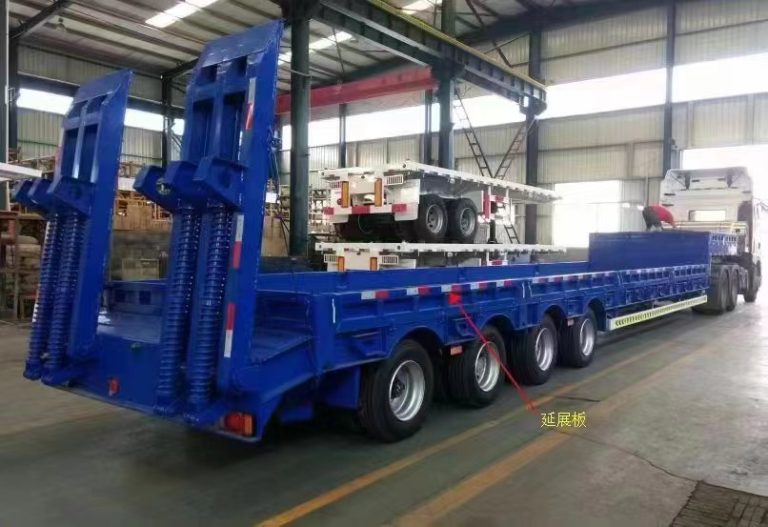The tractor has a significant impact on the load capacity of the semi-trailer, which is mainly reflected in the following aspects:
1. The dead weight and load capacity of the tractor
The dead weight of the tractor directly affects the maximum load it can carry. Generally speaking, the lighter the dead weight of the tractor, the greater the total mass of the semi-trailer it can tow. For example, a tractor with a lightweight design can significantly increase the load capacity while reducing fuel consumption. In addition, the dead weight and load capacity of the tractor need to be balanced, and an overweight tractor may limit the load capacity.
2. Matching of tractors and semi-trailers
The load capacity of the tractor and semi-trailer needs to be reasonably matched. The load capacity of the tractor must be greater than or equal to the total mass of the semi-trailer to ensure safety and stability during transportation. For example, the total mass limit of a six-axle semi-trailer is 49 tons, of which the total mass shall not exceed 46 tons when the tractor drive axle is a single axle.
3. Structure and design of the tractor
The structural strength and suspension system design of the tractor directly affect its load capacity. The application of new technologies such as high-strength alloy frames and rubber suspension can improve the load-carrying capacity of tractors while maintaining the stability and reliability of the vehicle. In addition, the number of axles of the tractor will also affect the load-carrying capacity. For example, the standard load-carrying capacity of a double rear axle vehicle is 18 tons, while a three-rear axle vehicle can carry 24 tons.

4. Restrictions on regulations and standards
The load-carrying capacity of tractors and semi-trailers is strictly restricted by relevant regulations. For example, the “Regulations on the Management of Highways for Overloaded Transport Vehicles” clearly states that the total weight of vehicles and cargo of six-axle and above car trains shall not exceed 49 tons. These regulations are intended to ensure the safety and legality of road transportation.
5. Power and braking system of tractors
The power and braking system of tractors must match the load-carrying capacity of semi-trailers. A powerful power system can ensure that the vehicle maintains good acceleration performance when fully loaded, while a reliable braking system can ensure the safety of the vehicle at high speeds and under heavy loads.
The tractor has an important influence on the load capacity of the semi-trailer. Its deadweight, structural design, power and braking system, and the degree of matching with the semi-trailer directly determine the load capacity. At the same time, regulations and standards also have clear restrictions on load capacity to ensure the safety and legality of transportation. Therefore, when choosing a tractor, it is necessary to comprehensively consider these factors to achieve the best transportation efficiency and economic benefits.

